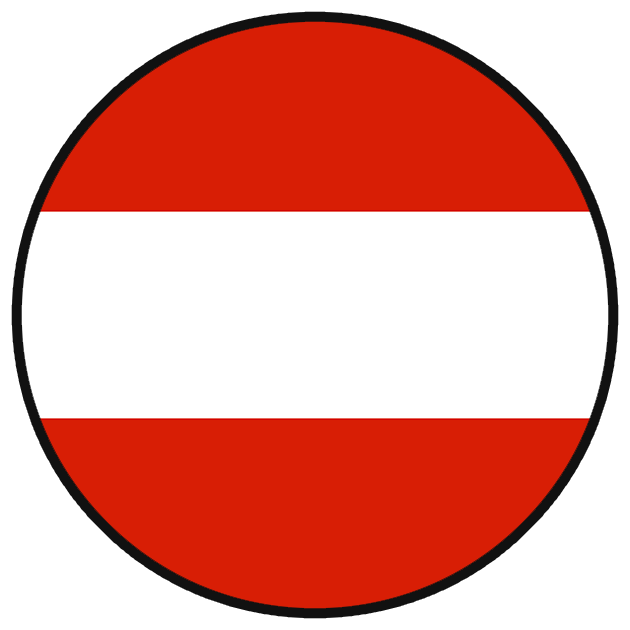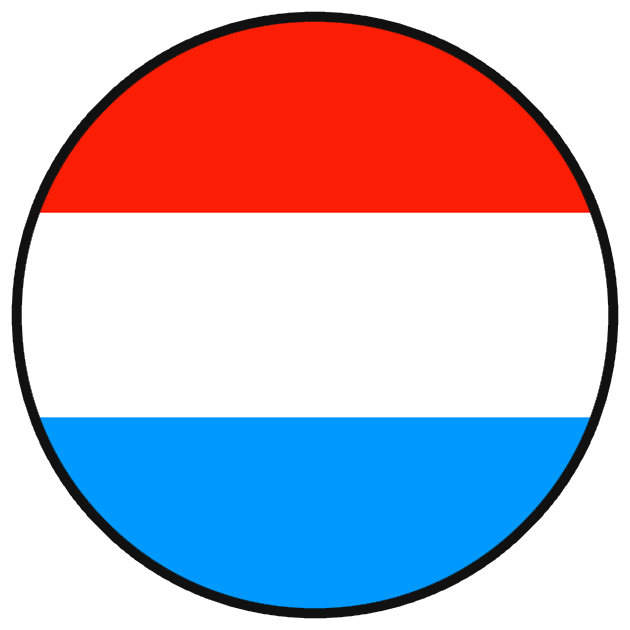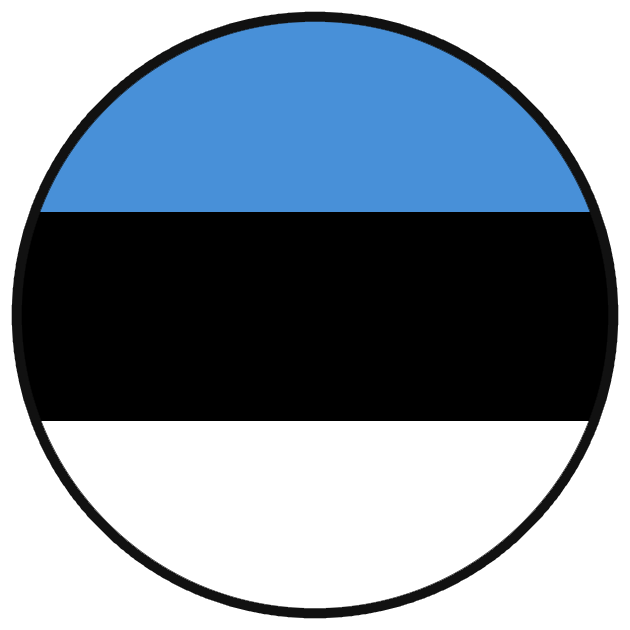The beehive is the home of Bini, her sisters, the queen bee and the drones. This is where they feel comfortable and secure. In contrast to their wild fellow species, Bini’s mom the queen bee, had to take care of nothing during the construction of the hive. We provided it to her ready for occupation. Hence, she could focus right from the beginning on the expansion of her bee colony. The worker bees, too, could emphasize all the time on raising the young worker bees and producing delicious honey.
You might remember one of our other articles where we wrote about the Egyptians being probably the first beekeepers in history. They were also among the first to construct specific containers where the bees could live in and produce their honey. However, until today, a lot has changed and the beehives are way more sofisticated
In modern beekeeping, two different types of beehives are used:
- Horizontal beehives: Frames with honeycomby are added depending on the increasing production of honey. As such, in the same box we find frames with combs where the queen bee puts her eggs into and frames used for the production of honey. The beekeeper has to be very careful when collecting the honey.
- Vertical beehives (Langstroth hive): Various layers are placed one above the other depending on the increasing production of honey. This type contains layers to store the honey (honey super) and a layer where the young worker bees are born (brood box). By seperating these two areas, the bee colony will not be affected when the beekeeper collects the honey.
The beehive, whithin which Bini and her family lives, is called Dadant and is a vertical beehive. It is named after its creator Charles Dadant, born in 1817. As already explained above, in our case the brood box and the honey production are seperated. Hence, at the moment of the collection of the honey, we do not risk to also remove the young worker bees or even the queen, which would lead to the destruction of the colony.

The beehive consits of various layers, all containing frames with pre-created honey combs. The basement is called brood box. On the one side, the entrance holes can be found here. The foraging bees form a queue to give the collected nectar to the nursing bees. On the other side, the combs where the queen bee places her eggs into are located here. Consequently, this is the place where the young worker bees are born.
The layers placed upon the brood box are called honey supers. Here, pollen and nectar, which later are turned into honey, are stored. In order to keep the temperature below 40°C the bees use their wings to produce a breeze inside the hive. Additionally to this, this breeze helps to lower the content of water in the honey.
Finally, in order to protect the bees against bad weather conditions or intrudors, a tin roof is placed on top.

Did you know … ?
- In one single beehive of the type Dadant, 60,000 worker bees live together. They keep the temperature at a level of aprox. 35°C . During the summer time, a great part of the bee colony produces a breeze to not exceed this temperature. During the winter time, however, the external temperature is often below 14 °C. In this case, the bees do not leave their hive. They move close together in the center of the beehive in order to mutually warm themselves up.
- This is how a beehive sounds:





 My account
My account 
























